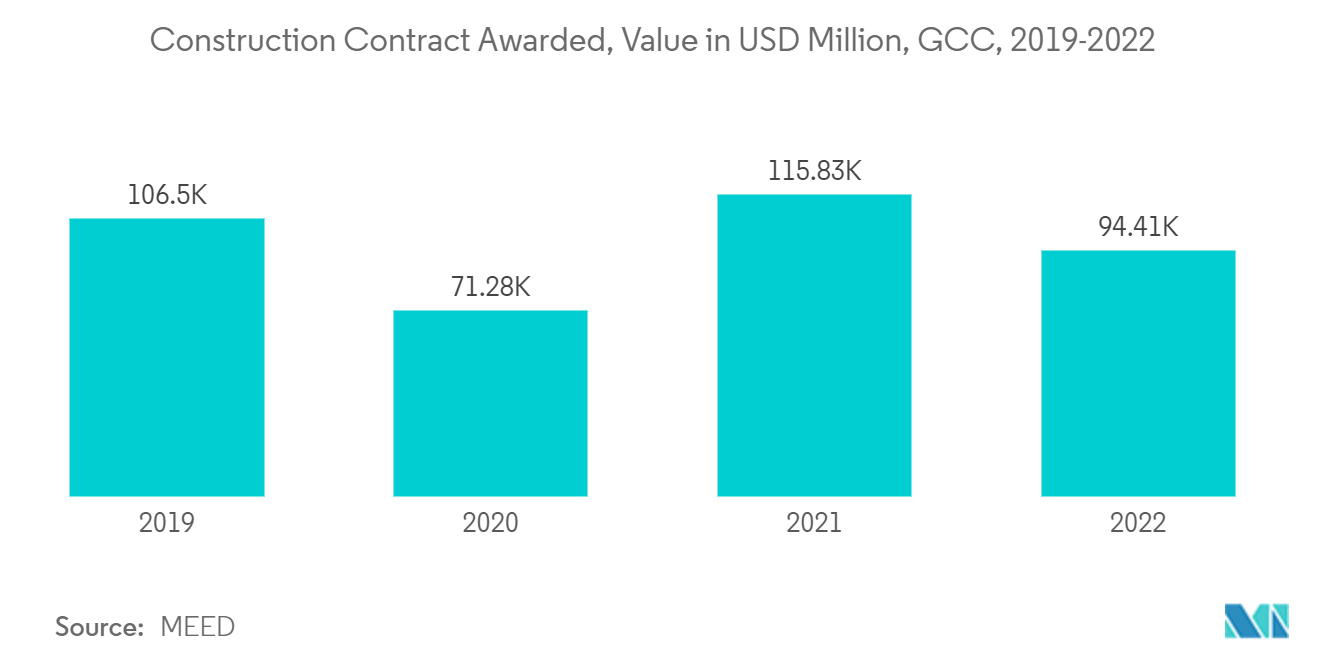Market Trends of GCC Construction Industry
Rising Investments in the Infrastructure Construction Market
While the global economy remains uncertain, the GCC region is currently experiencing strong economic growth, moderate inflation, and fiscal surpluses. To further diversify and expand their economies, governments in Bahrain, Kuwait, Oman, Qatar, Saudi Arabia, and the United Arab Emirates are making significant investments in infrastructure. However, without effective policies for planning and managing these public investments, there is a risk that the projects may not achieve their intended goals.
Effective public investment management (PIM) involves carefully selecting the right investments and ensuring their proper implementation. This includes assessing the need for new infrastructure, aligning investment projects with national and sectoral strategies, promoting effective coordination between government entities, and managing risks appropriately.
According to the International Monetary Fund (IMF), inefficiencies in PIM processes result in an average loss of about 30% of returns on investments for countries. In the GCC, these inefficiencies include non-standardized evaluation processes for proposed investments, mismatched funding and budget allocations, limited coordination between agencies, inadequate evaluations after investments are made, and insufficient performance data and reporting.
One way to evaluate the efficiency of public investments is by comparing the quality of infrastructure to a country's per capita capital stock. Although GCC countries have a high level of capital stock per capita and rank in the top quartile globally, this does not necessarily mean that the quality of their infrastructure matches the amount invested. There is still room for improvement in the region to catch up with countries that are closest to the "efficiency frontier," which represents the highest level of attainable efficiency according to the IMF's methodology.

Saudi Arabia Leading the GCC Construction Sector
In 2022, Saudi Arabia remained the largest market for projects in the Gulf Cooperation Council (GCC), with contracts worth USD 54.2 billion awarded. This was slightly higher than the USD 53.9 billion awarded in 2021. However, other GCC countries experienced a decline in project awards due to global economic challenges.
The total value of contracts awarded in the GCC dropped by 18.7% to USD 93.6 billion, the lowest since 2005, excluding the decline caused by the pandemic in 2020. This decline was attributed to high inflation and supply chain issues, primarily caused by intermittent COVID-19 restrictions in China, which have now been lifted. Saudi Arabia, the UAE, and Qatar accounted for 93.6% of the total value of contracts awarded in the GCC. Kuwait saw a decrease in project awards from USD 5.2 billion in 2021 to USD 2.8 billion in 2022. Similarly, Oman witnessed a 27.1% drop in new project awards to USD 2.2 billion, while Bahrain's contract awards reached USD 96 million in 2022 compared to USD 2.7 billion in 2021.
The construction industry received the majority of new contract awards, with a total value of USD 34.3 billion in 2022, an increase of USD 3.2 billion from the previous year. The growth in the GCC construction sector was mainly driven by the increase in contract awards in Saudi Arabia's construction sector.


